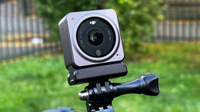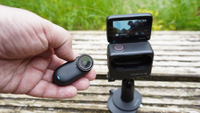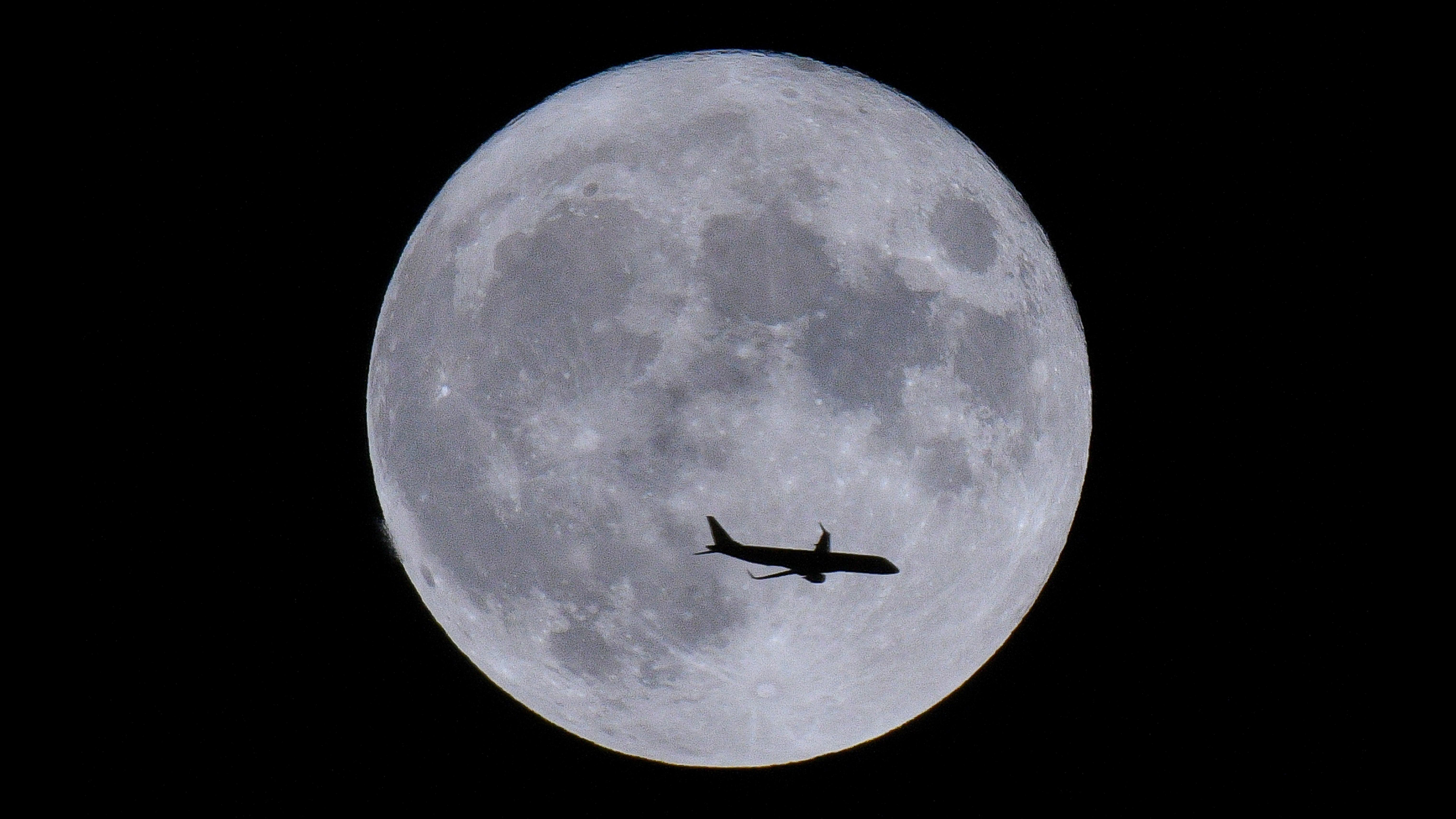Digital Camera World Verdict
GoPro has made a smaller, lighter camera – and they've made some compromises to do it. For some jobs (in decent light anyway) it works in an ineffable way. I just like it – but especially as I can put it on my cycle helmet for a long right and the weight doesn't make it drift. Make no mistake though, GoPro hasn't just taken off the front screen – the feature list is slashed to the bare bones. You have to want 'GoPro' and this camera to choose this.
Pros
- +
Smaller and lighter than GoPro Hero Black
- +
Decent battery life
- +
Well suited to helmet mounts
Cons
- -
No mic input
- -
Image quality is only OK
- -
Some things need to be done in app
Why you can trust Digital Camera World
GoPro's name is not just synonymous with action cameras, it MEANS action cameras, but their new Hero (or is that Hero 4K?) isn't the best action camera. It's a compacted variant (the Hero 13 Black can now be considered a premium version, with a premium price).
That's all quite a good idea. Two screens, swappable lens mods, the main 'GoPro' was a bit much for a lot of applications. A lot of people might worry that GoPro is running out of steam because of the 360-degree camera debacle, but this seems an altogether smarter move. It's lighter for one, and who really needs two screens. But are all the compromises for the best?
OK, the features list is a bit thinner than the bigger camera but I've long been an advocate of 4K rather than GoPros much touted but rarely useful 5.3K, so they've not lost me at that. The smaller, lighter design is really useful for things like wearing on my bike a helmet.
The question you could be asking yourself, I think, is whether the advantages of the size are best delivered by this camera for your purposes? Also, deep down, do ask yourself "Is GoPro taking advantage of it's brand presence and cheating me out of features I'd get elsewhere?"
In testing, I found some mixed answers to those questions...
Price
At launch, the GoPro is listed at £199 / £199 / AU$349.99 which is around half the price of the GoPro flagship the Hero 13 Black. It's also less than the only other obvious competitor, the DJI Action 2 (which is a slightly different animal as it launched as a flagship but DJI seemed to change their minds and try to unseat GoPro's flagship instead (find out if they did in my best action camera guide).
Specifications
| Sensor | 1/2.8-inch |
| Video | 4K/30fps / 2.7K/60fps |
| Photo | 12MP |
| Touchscreen | 1.76-inch LCD |
| Modes | Slow-mo, Video, Photo |
| Connectivity | USB-C, Bluetooth LE 5.2, Dual-band Wi-Fi |
| Weight | 86g / 3oz |
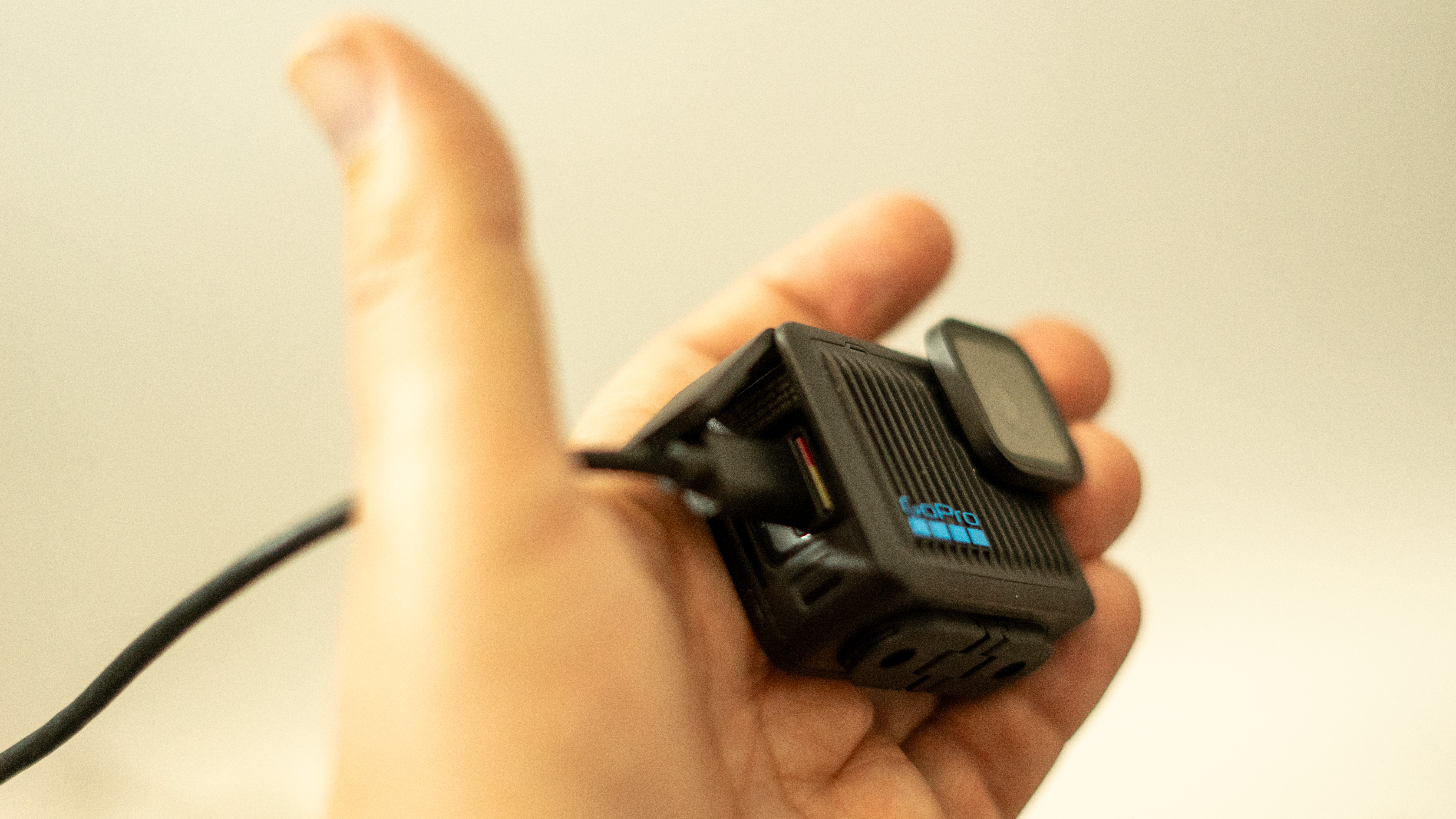
Build and handling
So it's little, but it looks good. And it's light – less than an adult hamster or a standard pack of playing cards, to use to examples that Gemini suggested as comparisons (Yeah, I think it'll be a while before AI is writing the whole reviews...)
About a decade ago a GoPro Hero Session – a tiny cube-shaped mini GoPro – was launched. It had no touchscreen, but was only a few grams lighter (and that was a fair way prior to 4K, too!) Which reminds me, why the confusion about the name this time? The GoPro Hero (2024) has '4K' is written on the box below 'Hero' and some retailers add it to the name, but GoPro doesn't in their official naming. You'll see both in different places confusingly.
Now the shape of this GoPro might be a bit more rectangular, partly to accommodate that touchscreen (which, by the way, I'd characterise as 'fine – does the job') but it's still very much more portable than the GoPro Hero 13 Black. Plus it looks pretty good, I think, for a non-premium product. The front design is striking – presumably designed in part as a heat sink, but I like it anyway.
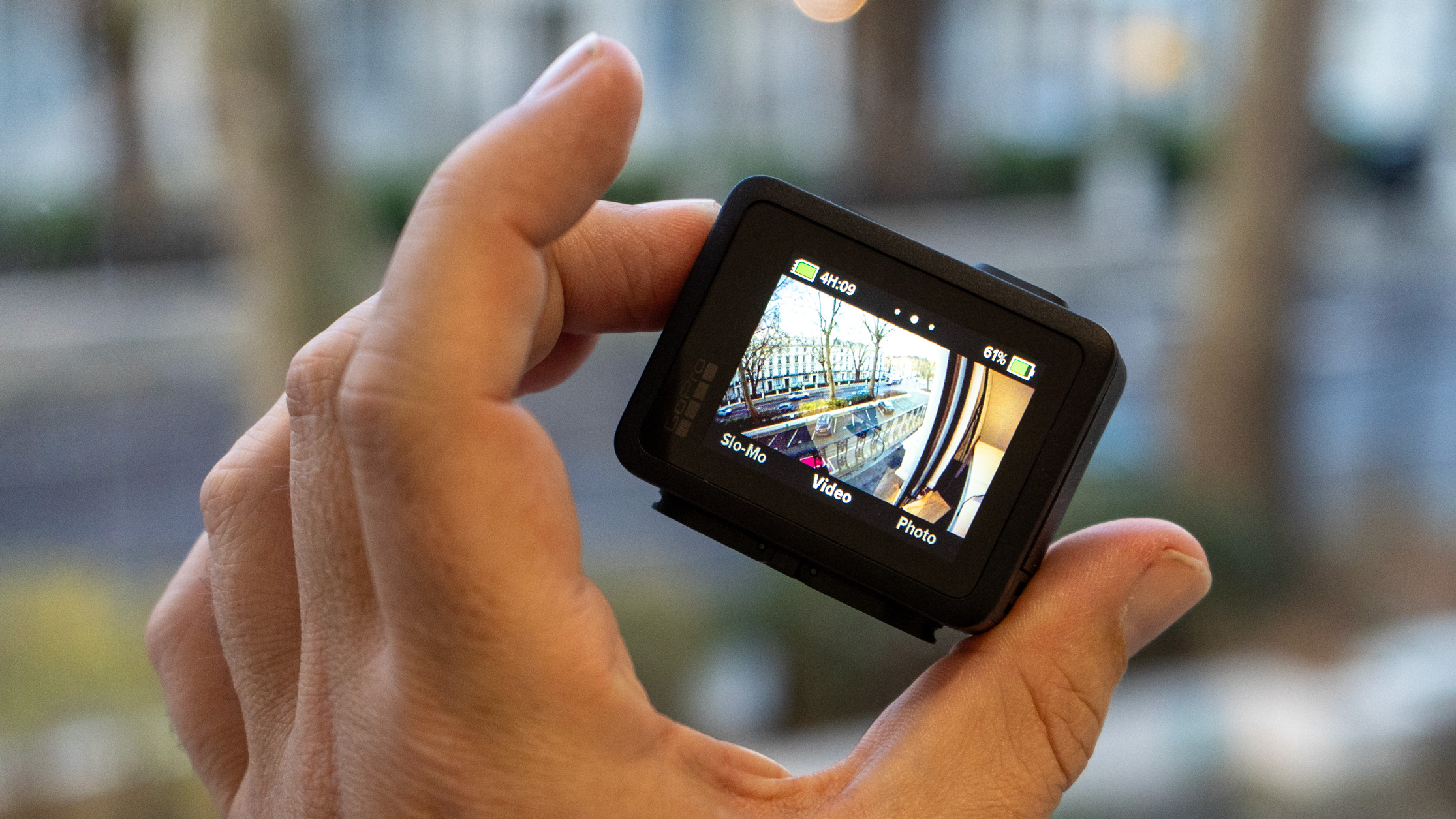
The back is just the screen. Or, actually, it looks like that'd be the case until the screen comes on; then you realise the bezels are quite large proportionally to the size of the device. No matter though, this is functional and there aren't many options – only Photo, Video & Slow-mo. No timelapse.
On the side is a perfectly sealed door to the USB-C port and MicroSD port (though when it's charging you'll be hard-pressed to get the card out as they're so close). On the opposite side is a rubberised power button and at the top the shutter (if that's what you should call it these days).
At the base are GoPro's folding grips, which smartly fold away yet fit into every standard GoPro mount ever – and that's a pretty established. At the base you'll find
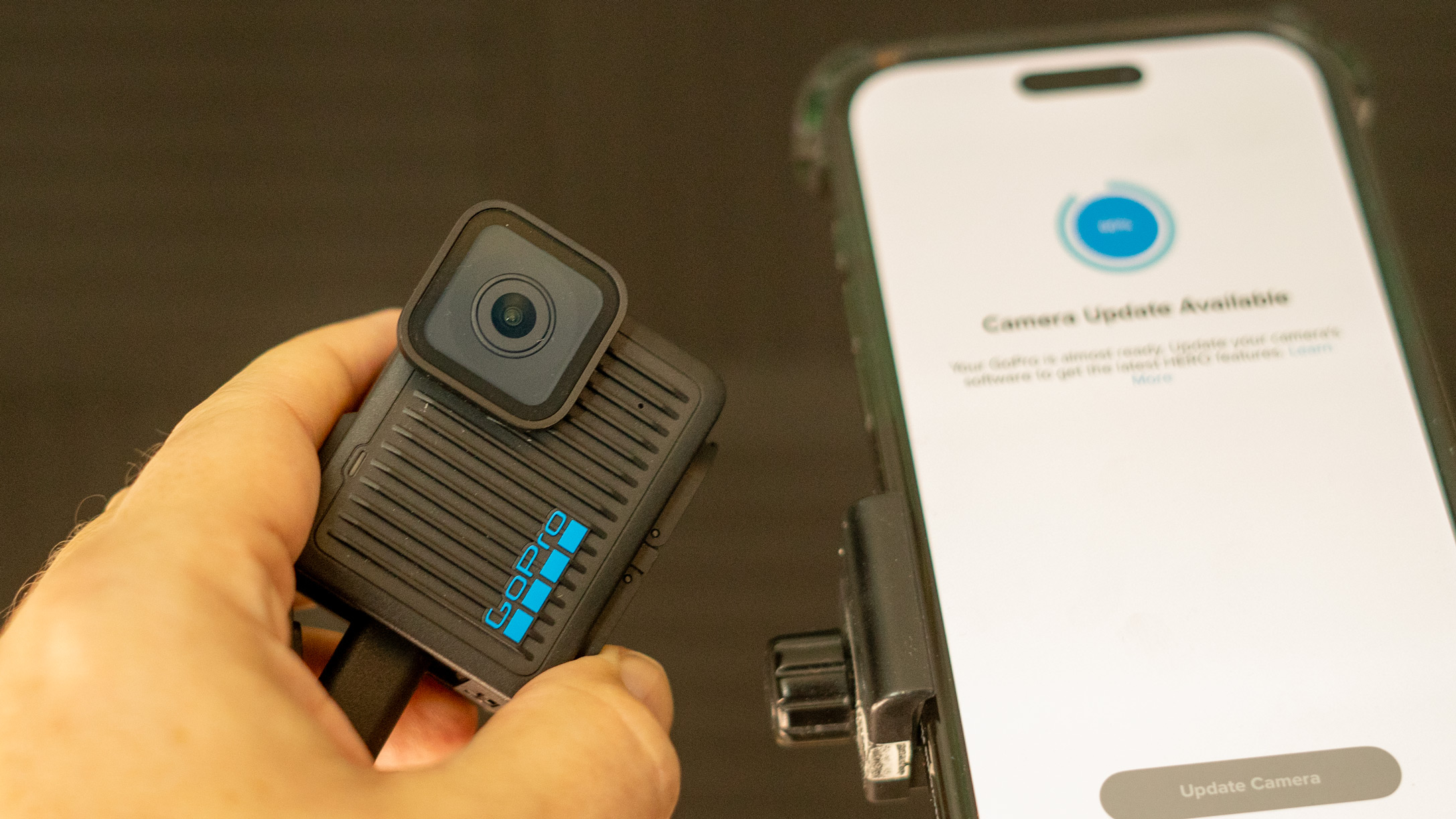
Performance
In terms of usability, it can just about keep up with the top-of-the-line equivalents in terms of power-up (in so far as any GoPro can); it takes 4-5 seconds from pressing the power button to being ready to shoot.
If you swipe for any of the menus you get a response rapidly enough, and rotating the camera is similarly straightforward; menus adapt to the angle it is held. My test model actually invited me to rotate it with a 'tooltip', as if attempting to convert me to the TikTok generation!
So, here's where things tail off a bit, sadly. Not too far – it's 'fine'. Good in decent light. But not amazing. And you'd kinda hope for amazing with the brand! GoPro have slashed video strictly down to about 50mbps which is a good bit less than the premium models, and it shows.
Sound quality is OK, as you can hear on the video., but it's just going to come from those microphones so be prepared to do the old clap-and-sync if you're doing anything else!
A GoPro irritation is that video is recorded in ten-minute segments (a bit like the Ace Pro 2's dashcam mode – there's a camera with a lot of features!). The upshot is long clips need to be re-assembled in editing), but this can help certain workflows – just something to note!
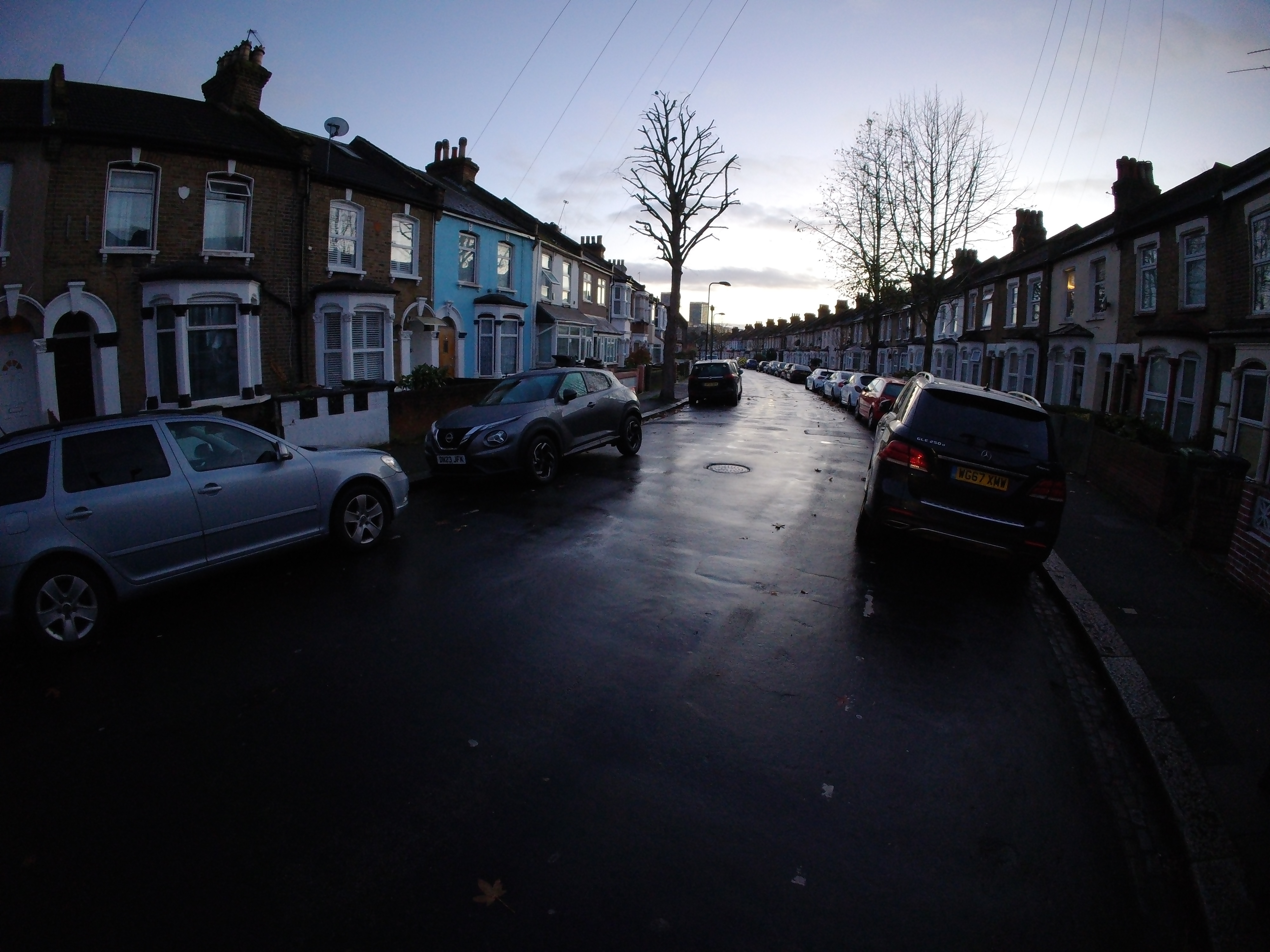
Sample video
A test of the camera in evening light doesn't show it at its best – but that's what matters. The be fair there is still detail in the darker areas, but there is some detail loss in areas of movement.
Overall verdict
I was really ready to like this camera and, despite myself, I still do. Over the course of the review my reasons changed a little though.
When I started I was (very optimistically, let's be fair) hoping for a GoPro Hero 13 Black without the front monitor and the lens mods which – to be fair – I enjoy but wouldn't actually want on an action camera because it's just a potential pit of money!
After the initial power-up, firmware update etc. and my irritation about being encouraged to pay for a subscription – I know, I'm old school, it's just life – I found I really liked the physical size and I was able to overlook the relatively low ppi of the monitor (I mean who actually cares, in use?) because it's just nice to have one. Much better, I thought, to enjoy the size and weight and – crucially – battery life which this gets relatively right compared to priciery small camera options like the Go 3S.
Then I get to thinking about the features that aren't included and I do start to feel a bit cheated, to be honest. I mean why wouldn't you include a basic timelapse tool? Sure, it's cheap, but it's not that cheap? You can buy an off-brand 'GoPro equivalent' with two screens with this for a lot less. Moreover stabilization isn't as good as on the premium GoPro and – for me – I think the line that was stepped in an 'action camera' is 4K60. If the iPhone can do it, why can't a specific action camera (especially one that looks so cool)?
So, sure, for my main purposes – cycling – the camera is actually ideal. I won't want more than 30fps at 4K, but I do like a long battery life. But as an action camera in general there is tons lacking that shouldn't be.
| Features | 4K30fps is the best this offers, which is poor in the category, though the app offers some useful downloading tools and remote control. | ★★☆☆☆ |
| Design | Compact and stylish, with a practical touchscreen its difficult not to like the design of this camera. | ★★★★★ |
| Performance | Video quality is like a GoPro from several years ago and the low-light is poor, but it still manages to capture detail. | ★★★☆☆ |
| Value | This is the hardest thing to quantify. On features, value is weak, but against other lightweight action cameras (Go 3S), the longer battery makes this a serious contender – making this a somewhat personal choice. | ★★★☆☆ |
✅ Buy it...
- You will be using it mostly in good light (daytime etc.) and you need the camera to keep running for fairly long periods.
🚫 Don't buy it...
- You have the ability to mount a slightly heavier/bigger camera – in that case better quality can be achieved for the same money
One Minute Video Review
Alternatives
The DJI Action 2 – seen here in its tiny single-camera form – is a better camera in many ways (especially when it comes to features like image stabilization). And DJI aren't killing it off – they recently updated the internal memory. However to match the GoPro Hero's battery life, you need to attach the other module, which doubles its size, taking away that advantage.
The Insta360 Go 3S is the other approach to the smallest possible action camera. It's not cheap, but it's brilliantly flexible.

With over 20 years of expertise as a tech journalist, Adam brings a wealth of knowledge across a vast number of product categories, including timelapse cameras, home security cameras, NVR cameras, photography books, webcams, 3D printers and 3D scanners, borescopes, radar detectors… and, above all, drones.
Adam is our resident expert on all aspects of camera drones and drone photography, from buying guides on the best choices for aerial photographers of all ability levels to the latest rules and regulations on piloting drones.
He is the author of a number of books including The Complete Guide to Drones, The Smart Smart Home Handbook, 101 Tips for DSLR Video and The Drone Pilot's Handbook.

